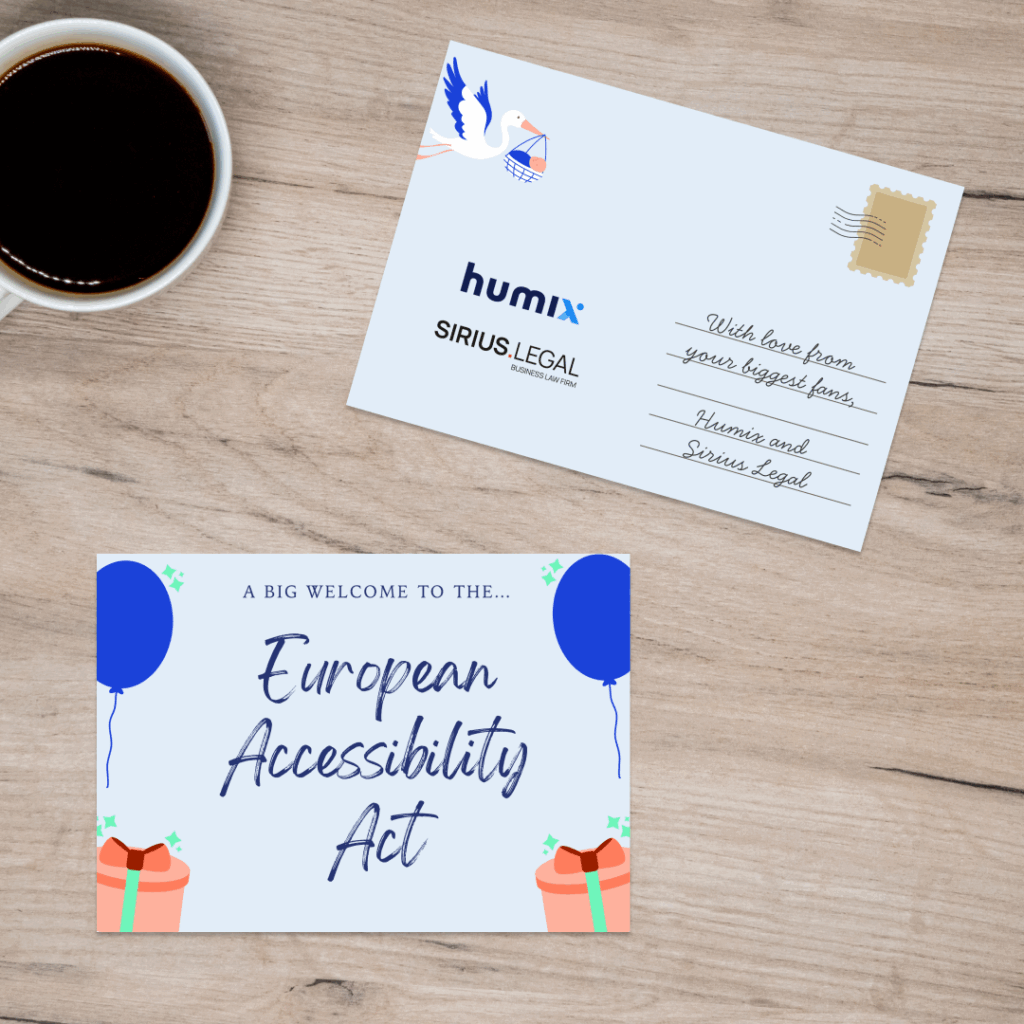As UX-ers, we are trained to think from the point of view of the end user. From that role we also have problems when it comes to advertising (for example banners on websites). For many of our customer, these banners (and other forms of advertising) are, on the one hand, an important source of income or a good way to bring their products or services to the attention of potential customers. A good combination between the user experience and the (inevitable) advertising is therefore an important requirement.
UX and Advertising: Finding the right balance
UX & Advertising: The Problem
Times have changed, but the forms of advertising haven’t. When people browse the internet, they have full control over their experience. They choose where and how they want to consume certain content. Original media channels, such as TV, radio and the newspaper do not allow this. They choose the content that they provide to their users and the control is limited to closing the medium or skipping certain parts.
Advertising as we know it will have to take this behavioral change into account in order to ensure that the advertising experience (and thus the user experience) becomes a better fit with new types of media.
In addition, various parties are involved with very different needs. Companies want to bring their products and services to the attention of end-users and potential customers. Potential customers want to know which products and services are on the market that meet their needs, but do not want to be disturbed by advertising when they use certain media channels. Intermediaries (such as blogs, news and informative websites) need advertising revenues in order to keep offering free and valuable content.
UX & Advertising: The Solution
A solution, which fully meets the needs of all parties does simply not exist. However, the best possible solution ensures that advertising is offered in an adaptive manner to potential customers, while ensuring sufficient revenue for the intermediary parties and minimizing the distraction of users (potential customers).
This combination of user experience and advertising (which at best still produces a desired result) obviously requires quite a bit of brainstorming. And even though there will never be “a perfect combination”, we certainly find ourselves in a transitional phase where we will have to integrate the existing forms of advertising in the best possible way.
Tips & Tricks for User Friendly Advertising
People are impatient. Especially when it comes to browsing the internet. Long loading times are therefore detrimental to the user experience. Any advertisement that delays the loading speed of a website is therefore negative for the overall user experience (not only from a UX but also from an SEO standpoint) and in that way also for the advertising value.
Make sure that not too much attention is derived from the actual message of the website. Users almost unconsciously ignore advertising banners (banner-blindness, yes that’s an actual thing). When banners demand a lot of attention this will distract the user, since they have to put more effort into ignoring them and eventually lose their focus on the actual reason why they’re visiting the website. There is also no guarantee that a more prominent advertisement will receive more attention.
Due to the intrusive nature of these ad types they are experienced as very annoying. The visitor will not “disconnect” this experience from the website and will therefore be less inclined to come back later if they have an overall bad exerience.
Watch out with the following ad types:
- Pop-up ads
- Pop-under ads
- Animated Ads
- Certain types of retargeting (people quickly feel chased)
Also make sure that no automatic audio file starts playing. People who visit the website, perhaps in a public space, will be startled and in some cases even embarrassed. The effect is rather that a site is closed without the user looking at any of the content nor the ad.
Alternatives for Classic Ads
Work with certain brands as “sponsors”
When people value a particular brand and they see that this specific brand sponsors the information on a website, the appreciation will flow from one brand to another. Naturally, attention must be paid to the ‘independent’ character of this publishing site. This is also a balancing act that, when thought through, can offer added value.
Make ads relevant to your page
Making your advertisement really relevant to the content of the page will have a drastic effect on the amount of clicks (and especially conversions) for the advertiser and will be seen as an added value by the visitor. This can be done by linking advertisements to news categories, for example advertising for a bicycle brand or certain insurance in the cycling category. By first allowing relevant placement of ads by category and then by the personal cookie that is stored, more relevancy between advertisements and content can be obtained.


